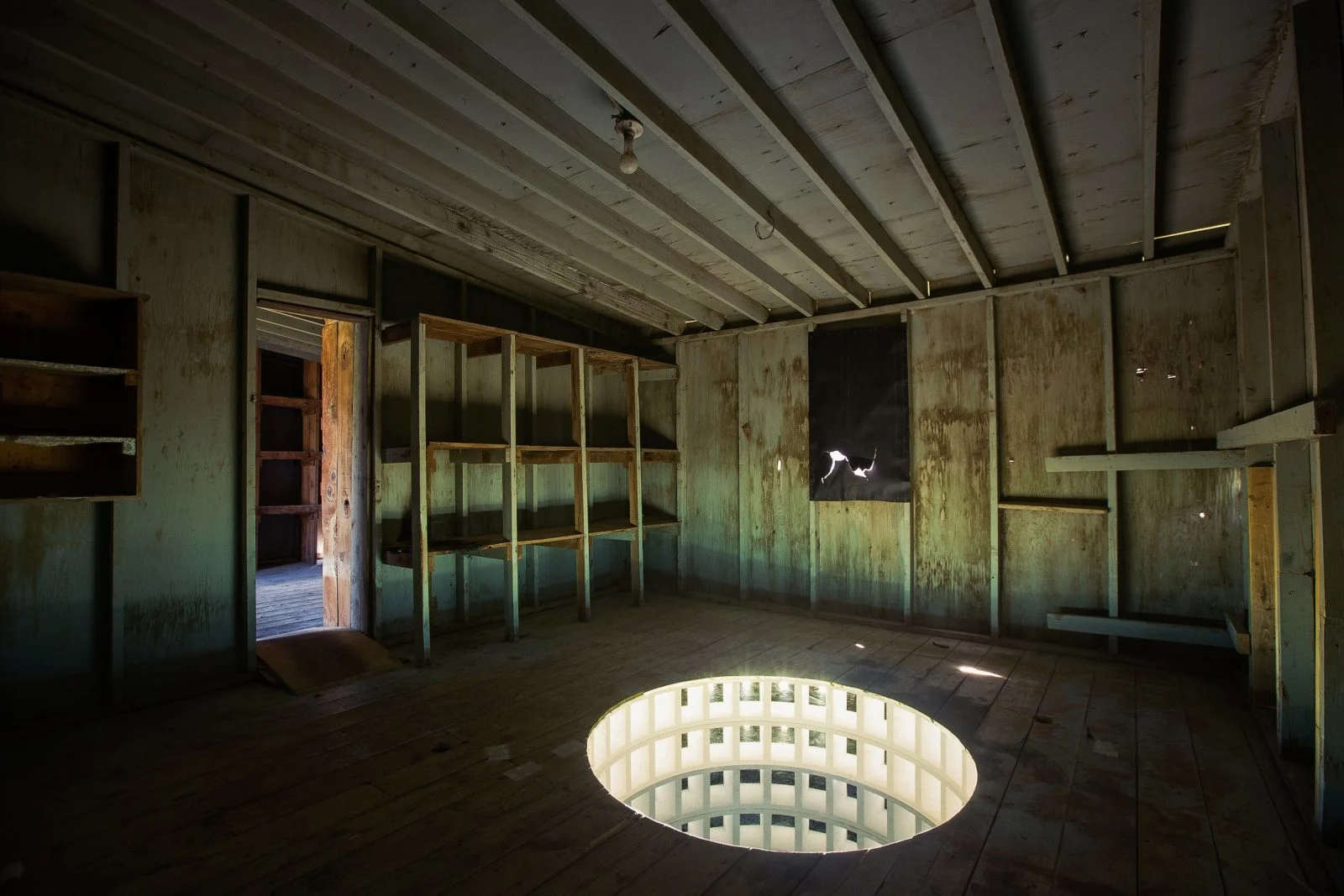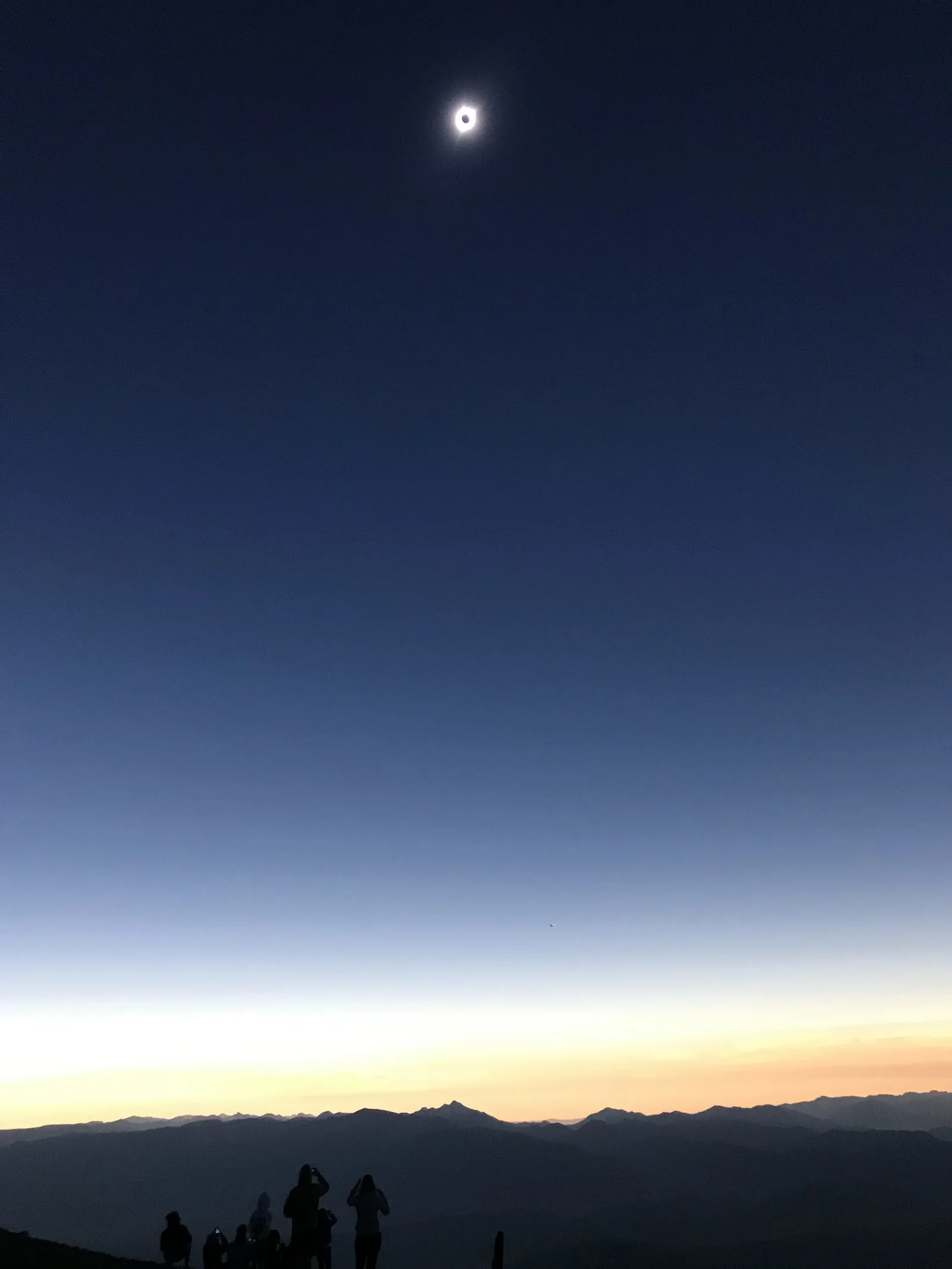
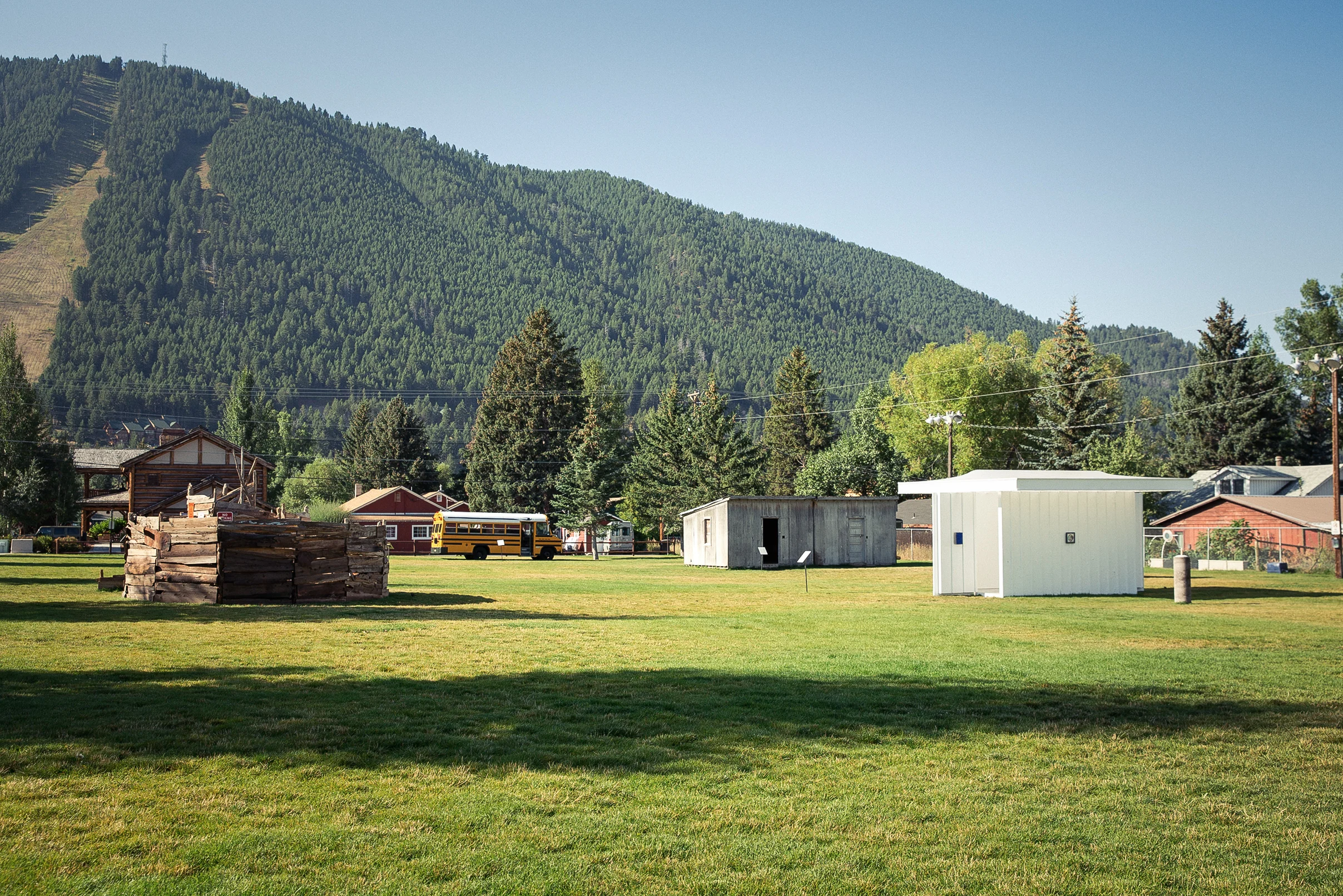
On a warm August evening, a group of artists and curators gathered for dinner to celebrate the opening of a new group show. Nothing unusual about that, right? Wrong.
Artist Matthew Day Jackson picks up the story. “We were having dinner, and a moose literally walked straight through the party. It was fucking crazy. Like a full-sized moose! There are so many art dinners which I just wish a fucking moose had walked straight through the thing,” he laughs.
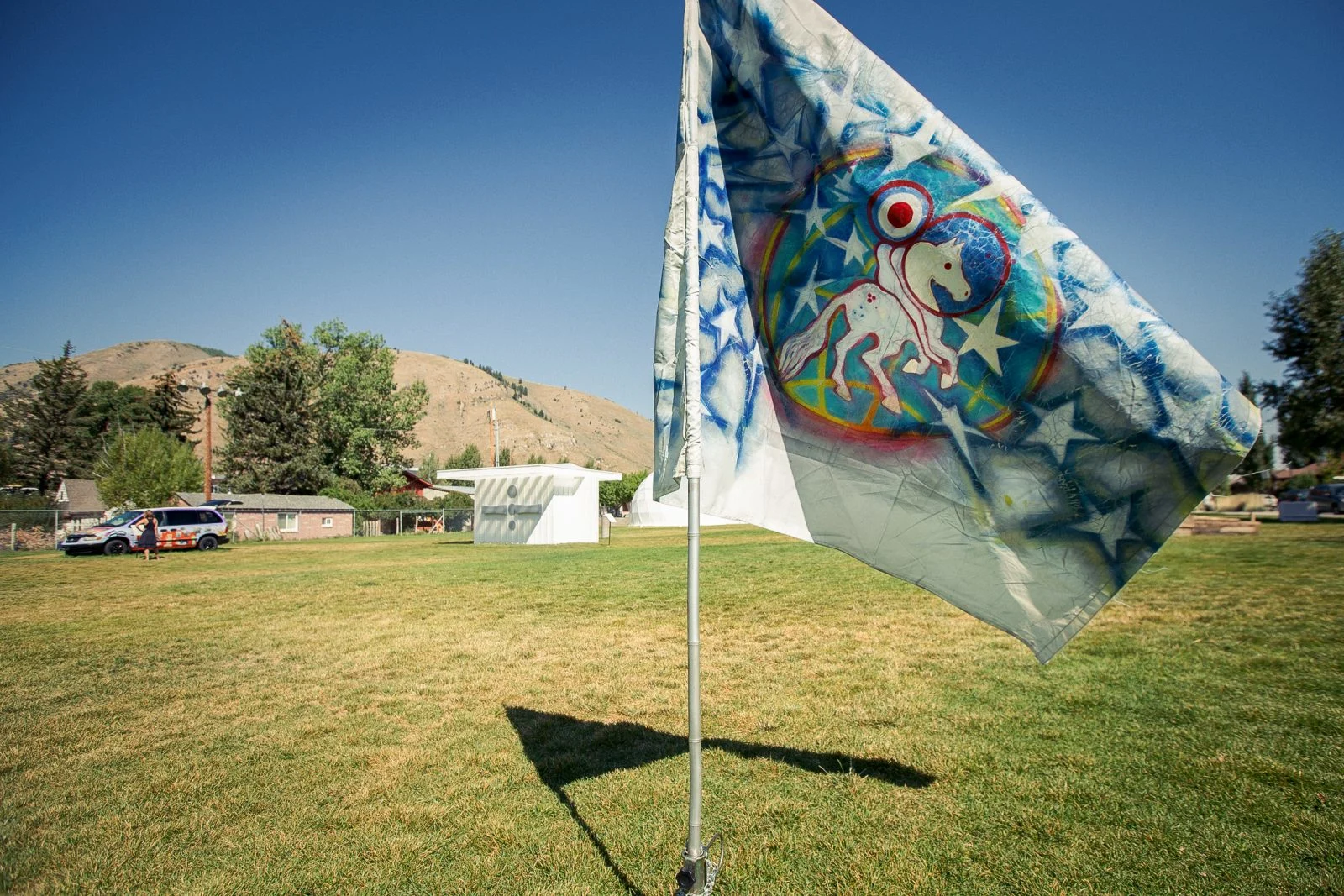
The unusual interloper and the surreal experience of the dinner all form part of one of the most unusual art events of the year. Observatories is a show curated by Matthew, Camille Obering and Andy Kincaid which took place in the rugged surroundings of The Center for the Arts in Jackson, Wyoming. As a part of their residency they invited ten artists from across the Americas to create site-specific pieces in this most epic of American landscapes.
The show was timed to coincide with the solar eclipse – Jackson sits under the so-called “path of totality,” making it one of the best places in the US to see the eclipse.
There is something political about what we are doing, and something educational to a certain degree.
But it’s is an unusual place for a conceptual art exhibition. About 50 miles due south of the Yellowstone National Park, Jackson is a tourism town. Visitors flock there all year round, for skiing in the winter and hiking in the summer. But an art show bringing together sculpture, video and performance? Not so much.
“What we’ve created in the town is a rupture; this had never really happened in Jackson,” Matthew – who splits his time between Jackson and New York – explains. “There is something political about what we are doing, and something educational to a certain degree. The more we are able to do this, the more this area will expect something challenging from the art that they see.”
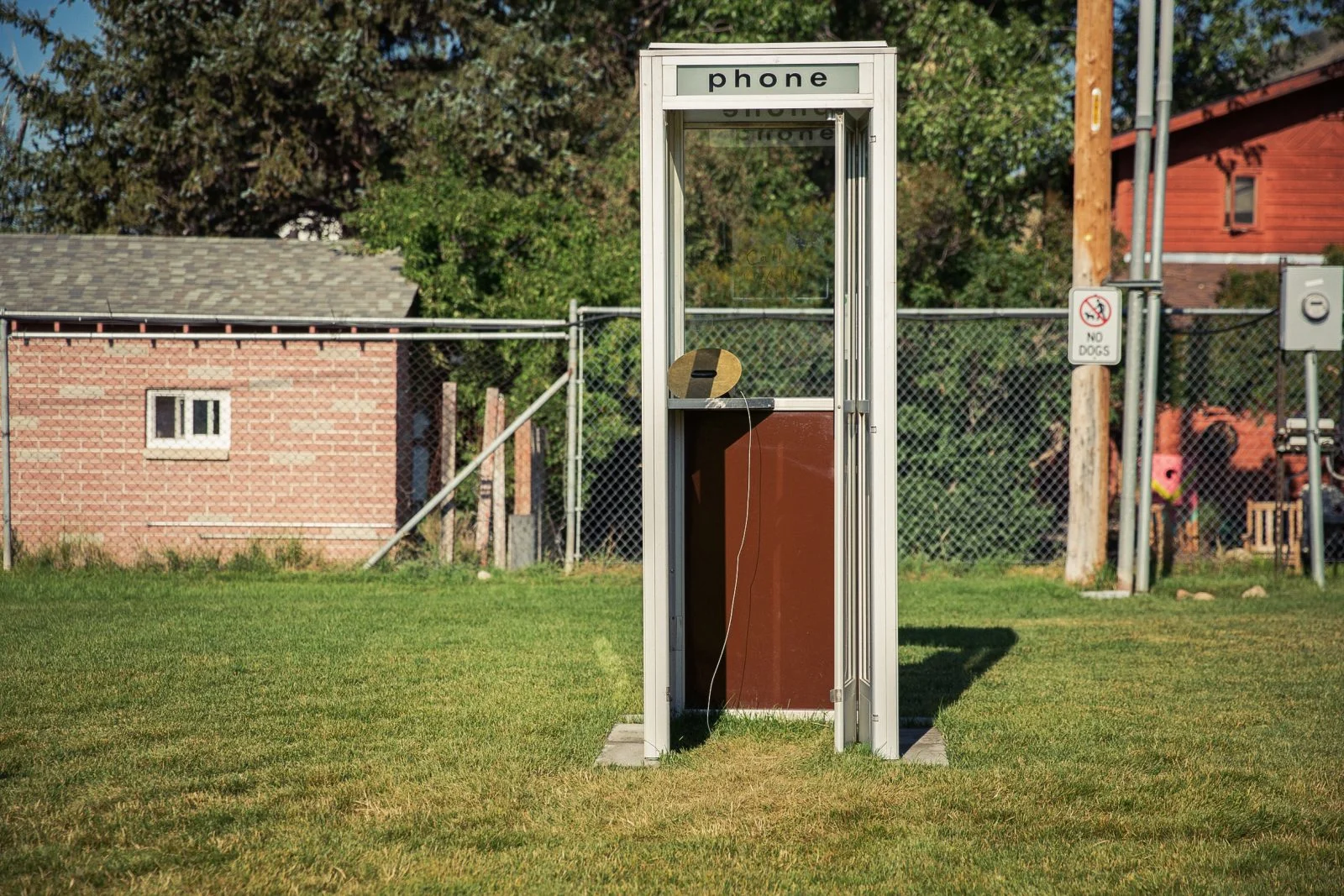
The pieces on show at Observatories are eclectic. In Eduardo Navarro’s phone booth, you can call 1-866-WYECLIPSE to listen to Matthew’s grandfather reading a poem. Liz Magic Laser has set up an old school bus, in which she shows a video of her organizing a TED talk about Fyodor Dostoyevsky, given by a ten-year-old.
The curators are more interested in “creating a dialogue” than making statements, although the act of putting on the show, and the art itself, deals with some pretty big themes.
On one level it’s exploring the challenges facing Jackson itself, as a tourist town that people tend to drop into, rather than invest in. But Matthew, Camille and Andy are also interested in how Jackson represents “the old west” and trades on a romance and nostalgia that warps the way America sees itself.
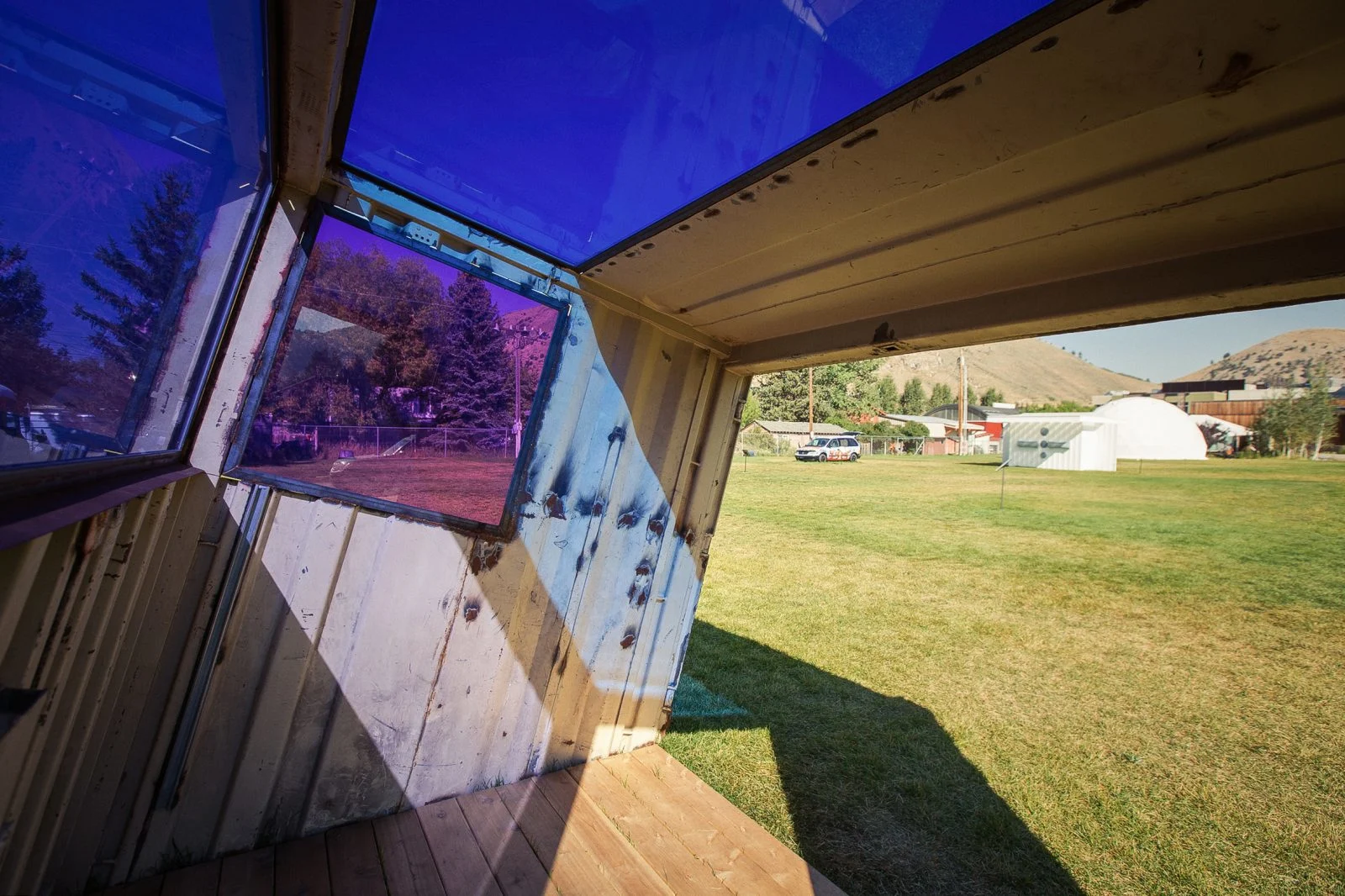
We are interested in how the west is organised and how the west is owned, but also what it continues to mean.
“In the US we are having to ask ourselves really difficult questions about who we are collectively,” Matthew says. “I think there are certain topics which have never scabbed over; they continue to ooze.”
The show investigates what the old west is and how it functions, “in terms of the quote unquote American dream, and suburban sprawl, and pipelines and poisoned water and fracking. All of that is tied into the idea of land as subservient to us,” Matthew says.
“We are interested in how the west is organised and how the west is owned, but also what it continues to mean,” he says. “Western films are primarily interested in this idea of justice. There is the wrongdoer and there is the right-bringer.
“That narrative is bullcrap, because it exists on a very recent, very fresh history of genocide. If you were to scratch the dusty sidewalks, they would bleed. This idea of justice is laughable.”

That tension is addressed pretty directly in the show. Both James Luna and Anna Tsouhlarakis explore the legacy of Native Americans through their work, while LA-based artist Paul McCarthy installed a stagecoach fresh from the set of a Western movie.
And the eclipse was the perfect time to raise these particular questions in this particular place. Jackson was inundated with visitors desperate for the perfect view (every hotel room was booked weeks in advance and local airports were overwhelmed with requests from private jets).
But the eclipse also provided a neat metaphor for how Matthew, Andy and Camille see the relationship between artist, artwork and viewer.
“Art is primarily concerned with representation,” Matthew says. “There are the ideas and formal concerns of the artist. Then there is this thing that is made, that stands in front of those.
“And then the viewer is on the other side, so that creates a syzygy – a beautiful word I learned recently – which means three celestial bodies aligned with each other. The two bodies on either side maybe can’t see each other, or the thing behind is obscured by the thing in the middle.”

The trio have plans to extend their art program in Jackson over the coming years, and they particularly like the idea of an eclipse-ennial, “so maybe in 120 years someone else will have one here.”
Their newly-formed collective is called Peradam Capital, named after the much-prized but very hard-to-find material in René Daumal’s novel Mount Analogue. The story is an allegory about creativity, featuring an expedition to a destination that can only be reached by those who believe in it.
To find peradam, “you have to be seeking it, but also available to the fact that it exists at all,” Matthew explains. “For us, art doesn’t exist until the path to get there is defined by the artist. It has no value unless you believe it exists.”
